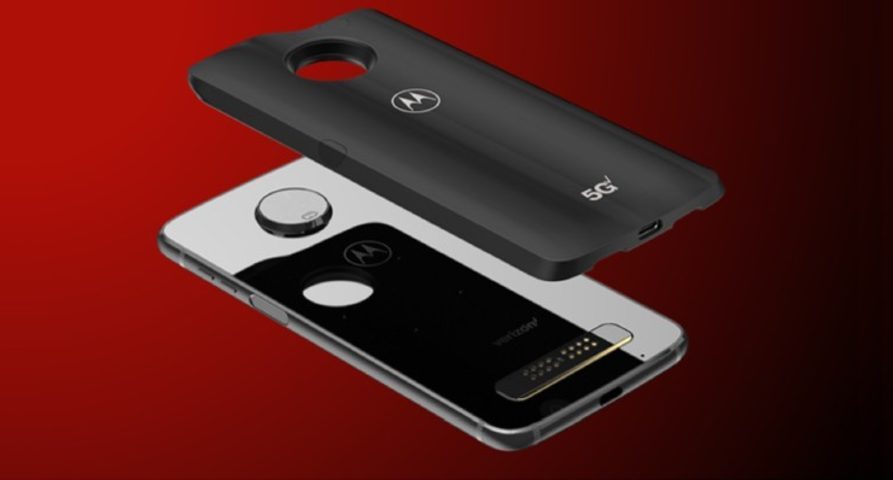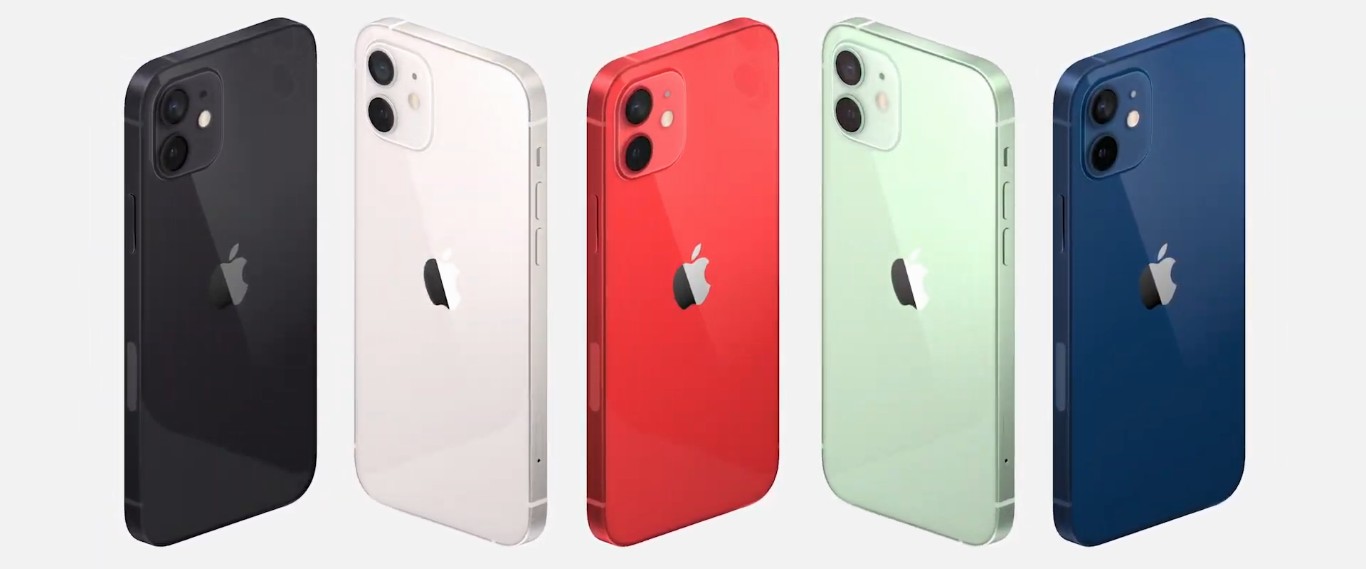
This question arose from many, especially after Apple's presentation, where, as users calculated, the word "5G" was pronounced 60 times during the entire presentation. So what exactly is 5G? And what does millimeter waves have to do with it, and why are there two varieties of 5G? Let's figure it out.
The story began a long time ago, but it was only in 2015 that the International Telecommunication Union (ITU) spoke about plans for the development of 5G. Next-generation networks need to provide speeds ten times faster than the previous generation.
What is sub-6GHz?
Frequencies below 6 GHz, they are also Sub-6GHz - they are intended to provide wide coverage, for the construction of macro networks, the technology is not capable of providing speeds tens of times higher, but in comparison with 4G, they have a larger network capacity or the amount of data that one station can process. It will be used to transmit 5G NR radio waves (NR stands for New Radio, that is, a new exchange protocol between the base station and the end device).

In most cases, it is simply referred to as "5G". This type of network is being deployed in most developed countries.
What is mmWave?
The benefits of 5G, such as faster speeds, higher bandwidth, higher network capacity and lower pings, are realized by using a wider bandwidth than the previous generation. If you studied physics at school, you should know that if the frequency is higher, then the wavelength becomes shorter. Frequencies 24-300 GHz are called "millimeter waves" or mmWave. For the mmWave technology, 26.50-29.50 GHz (n257) and 24.25-27.50 GHz (n258) are currently allocated.
This kind of 5G network is called "5G mmWave" or "High Speed 5G". Here speeds increase tenfold. This type of network rolls out more slowly than sub-6GHz, with most mmWave stations developing in the United States, mobile operator Verizon.
Fun fact: Verizon helped Apple implement the module for 5G (sub-6GHz and mmWave) reception.
MmWave problems
For such high frequencies, a significant signal attenuation is noticeable with increasing distance and also a great sensitivity to obstacles: a human body, head, or even a hand can interfere with waves, and there is nothing to say about penetration through walls.
It was also impossible to build in the module until recently, due to the size of the phone, it was not possible to build in an antenna that provides a stable network. Also, this technology is very demanding on the battery.
Because of such problems, no one wanted to install this type of 5G network into phones.
Solutions to mmWave problems
Qualcomm solved this problem by presenting to the world at the MWC in Barcelona in 2017 a prototype of a data transmission system operating at 28 GHz frequencies and in the size of a mobile device.
The prototype used adaptive beamforming and beam tracking by forming a directional "beam" of the signal between the client device (phone) and the base station and tracking its movement relative to the base station.

Phones that got 5G
The first phone to receive 5G support is the Motorola Moto Z3. It was introduced on August 2, 2018. But to support 5G, a "expansion module" had to be attached to the smartphone, which is attached to magnets. This module received a Snapdragon Qualcomm X50 chip.

Already the truly first 5G smartphone is the Samsung Galaxy S10 5G.
Apple iPhone 12, about which the article began, received a so far unknown chip. But most likely he will receive a chip from Qualcomm. Also, if you look at the side of the device, you can see a window, this window is the antenna, but only for mmWave. MmWave will only support iPhones that are targeted for US sales.
Ps At the moment, the chip is already known, this is Qualcomm Snapdragon X55
